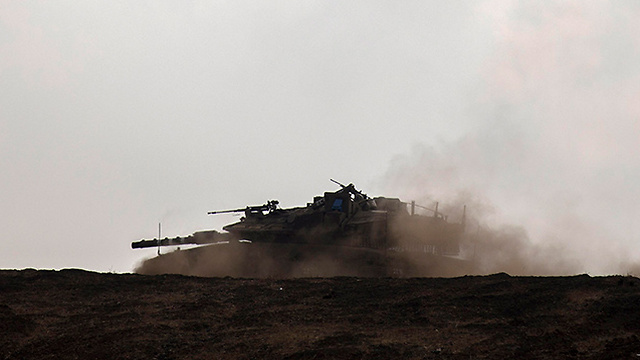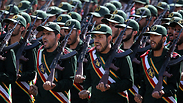

Iranian military force taking shape right under Israel’s nose
Analysis: Just 30 kilometers from the Israel-Syria border, Iran is recruiting young Shiite locals to create the 313th Battalion, which is receiving equipment, training and high salaries from the Revolutionary Guards, as well as help from Hezbollah operatives.
Meanwhile, however, without any public declarations, Iran is quietly recruiting young Syrians to establish a battalion just 30 kilometers from the Israeli border. Meet the Iranian force taking shape right under Israel’s nose.
The 313th Battalion: Waiting for the ‘messiah’
Opposition organizations in southern Syria, one of the rebels’ last strongholds, revealed recently that the Iranian Revolutionary Guards have set up headquarters in the Christian village of Izra in the Daraa Governorate (near the Syria-Jordan-Israel tripoint), to recruit Shiite and possibly members of other pro-Iranian minority groups.

The number 313 is known in Lebanon’s Shiite sector as a magic number. According to tradition in this branch of Islam, 313 is the number of fighters that will arrive with the Mahdi, the Shiite “messiah.” The founders of the 313th Brigade (which is still the size of a battalion) gave it both a messianic number and a messianic name, Ansar al-Mahdi (supporters of the messiah).
The feeling of victory among the Shiite militias supporting the Iraqi and Syrian armies against the Islamic State (ISIS), the “Sunni Satan,” has created a sense of euphoria and an expectation for the arrival of the messiah among Shiite religious circles. Now, Iran is interested in leveraging the Shiite revival in Iraq and in Syria for a battle against “the Zionist enemy.”
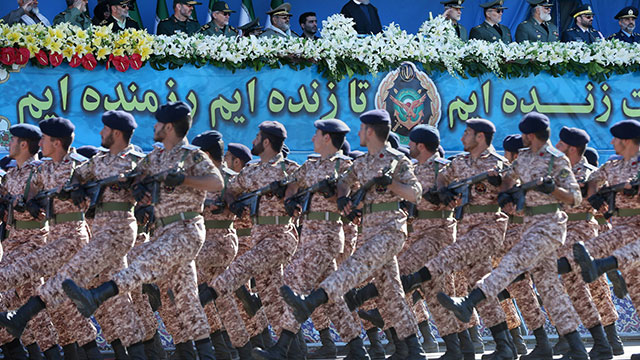
Most of the information about the new battalion hasn’t reached the press yet, but it can be found in the Facebook and Twitter accounts of locals who fear for the fate of the Sunni majority in the Daraa Governorate. According to their reports, the Revolutionary Guards are recruiting members of minority groups, primarily from Shiite villages in the region (such as Busra al-Harir, Namar Khirbet Ghazaleh and al-Shaykh Maskin). They are well-equipped, receive an army uniform and are trained by officers from the Revolutionary Guards. They are also assisted by Hezbollah operatives in the towns of Izra and the nearby al-Shaykh Maskin.
Competition with Syrian army and Russians
Iran’s direct recruitment effort in southern Syria aims to compete with the Syrian army and its Russian patrons. The Iranians, who are operating in the region under the nose of the Syrian army’s 12th Brigade, are persuading young locals to join the new battalion by offering a higher-than-average salary (about $200 a month). The young men are joining the battalion to evade regular and reserve service on the war fronts in Bashar Assad’s army, where they would likely have to sacrifice their lives.
The 313th Battalion’s training is also held “close to home” in the same area. Another way of tempting the young locals to join the battalion is by providing them with documents and certificates with the Revolutionary Guards symbol. These papers are sort of VIP certificates, which allow the battalion members to pass through the infamous crossings and roadblocks—Syrian army checkpoints where car drivers are extorted and threatened.
Sources report that the 313th Battalion’s recruitment headquarters have been set up in a youth center in southern Izra, and that some 200 people have already enlisted. Many of the recruits are people who left organizations that support the Syrian regime in a bid to improve their conditions.
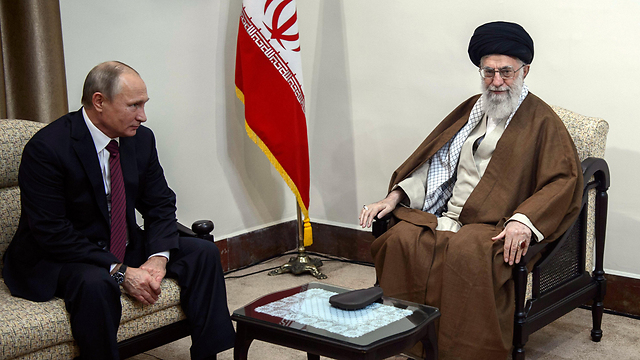
This is basically the first time Iran directly recruits Syrian citizens. Up until now, the Iranian militias were made up of foreigners: The Lebanese Hezbollah, the Afghan Fatemiyoun and the Iraqi Najabaa.
The idea behind the initiative is to prepare the ground by creating a sort of “Syrian Hezbollah” in case Russia accepts one of the opposition’s main conditions for an agreement in Syria—a removal of all foreign forces from the country. This way, Iran will be able to keep running a Shiite organization in Syria by remote control.
Abu Tawfik al-Diri, the Free Syrian Army’s military coordinator in the area, said in an interview to a Jordanian paper that he believes the purpose of the new battalion is to serve as an Iranian wing cooperating with Hezbollah against Israel.
Jordanian concerns
In Jordan, concerns are growing over an Iranian presence in southern Syria which could threaten the Hashemite Kingdom as well. Mohammad Sabra, a legal adviser to the Syrian opposition who is taking part in the Geneva talks, said in an interview to the Jordanian press that the Iranian presence in southern Syria was a violation of the agreement to ease tensions in Daraa, which was reached by Jordan, the United States and Russia on July 7.
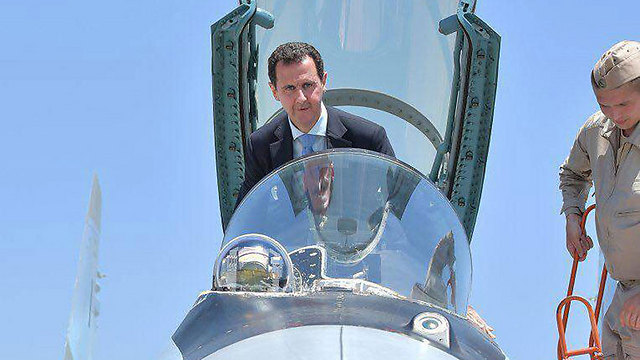
Furthermore, the Iranian recruitment contradicts the Hamburg agreements between the US and Russia, that the militias must not get any closer than 35 kilometers from the Jordanian and Israeli borders. Jordan’s official stance is similar to Israel’s: The kingdom won’t accept the presence of Iranian militias on its border.
Project 313: A continuation of previous operations
Hezbollah’s attempts to create a front against Israel in the Golan Heights have failed several times before. The year 2015 seemed like the end of the Iranian project in southern Syria. It began in January with the assassination of Jihad Mughniyeh, who was in charge of creating a Hezbollah front against Israel in the Golan, and ended in December with the assassination of Samir Kuntar, the terrorist who tried to recruit the Druze in al-Suwayda to Hezbollah.
But Iran used the Russian intervention in the past two years, which led to a changeover in the civil war in Syria, to its advantage. The current formation of the Iranian 313th Battalion is essentially the second stage after the creation of what the Syrians refer to as the Shiite “triangle of death.”
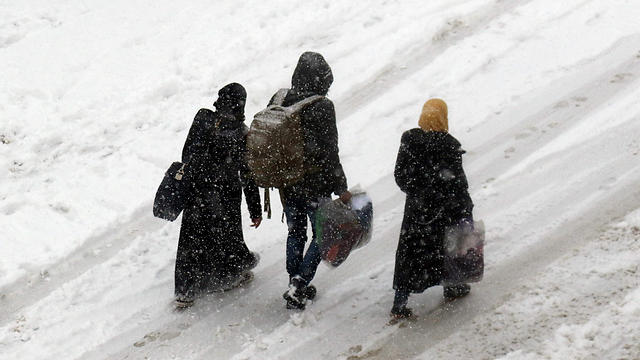
Last year, about 500 Hezbollah fighters in southern Syria took over the triangle area between southern Damascus, Quneitra and Daraa. Hezbollah committed ethnic cleansing against some 40,000 residents in that area, mostly Sunnis. Most of them fled following the battles with the rebels and are now not allowed to return under the excuse that it’s a “closed military zone.”
New demographics working in favor of Shiites
The departure of millions of refugees from Syria and the death of hundreds of thousands of residents changed the country’s demographic structure. Until 2011, the Alawi rulers made up 11 percent of Syria's population and the Shiites made up 2 percent. Among the minorities loyal to the regime, the Christians made up 10 percent and the Druze 3 percent. Ten percent of the population are Muslim Kurds. The Sunni Arabs—most of the opposition’s supporters—made up about 64 percent of the population in 2011.
Some of the wealthy Sunnis living in the western cities supported the Assad regime because of the benefits and economic monopolies they received from the regime in Damascus.
Due to the fact that most Syrian refugees (more than 5 million) and the people who died (more than half a million) are Sunnis, the number of Sunni Arabs in the country recorded a considerable decline (down to perhaps 50 percent). This dramatic change gives the Syrian regime and Iran a stronger control base. These numbers are joined by the thousands of Shiites “imported” by the Iranian forces from Iran, Afghanistan and Iraq to western Syria, as well as Hezbollah members from Lebanon. This is the demographic infrastructure for Iran’s expansion in western Syria.
Shiite deployment in Syria
According to open sources (primarily Arab media and social networks), Iran has three military bases in Syria today: One in the south, the main base in the Damascus airport; another one not far away, in the Set Zaynab area in the Damascus suburbs; and a third one in the north, in Jabal Azzan near Aleppo.
Hezbollah has four bases along the border with Lebanon: In Al-Qusayr, in al-Zabadani, in the Qalamun Mountains and in southern Sargaya.
Apart from these seven Shiite bases, Iran is now trying to reach an agreement with Russia to open a naval base in northwestern Syria and build air bases in other areas in the country.
The two Iranian bases in Damascus, only 70 kilometers from the Golan Heights, could be a serious threat to the State of Israel’s security in the near future. The 313th Battalion, which is currently taking shape 30 kilometers from our border, is a close and imminent danger.
Dr. Yaron Friedman, Ynet's commentator on the Arab world, is a graduate of the Sorbonne. He teaches Arabic and lectures about Islam at the Technion, at Beit Hagefen, and at the Galilee Academic College. His book, "The Nusayri Alawis: An Introduction to the Religion, History and Identity of the Leading Minority in Syria," was published in 2010 by Brill-Leiden.















